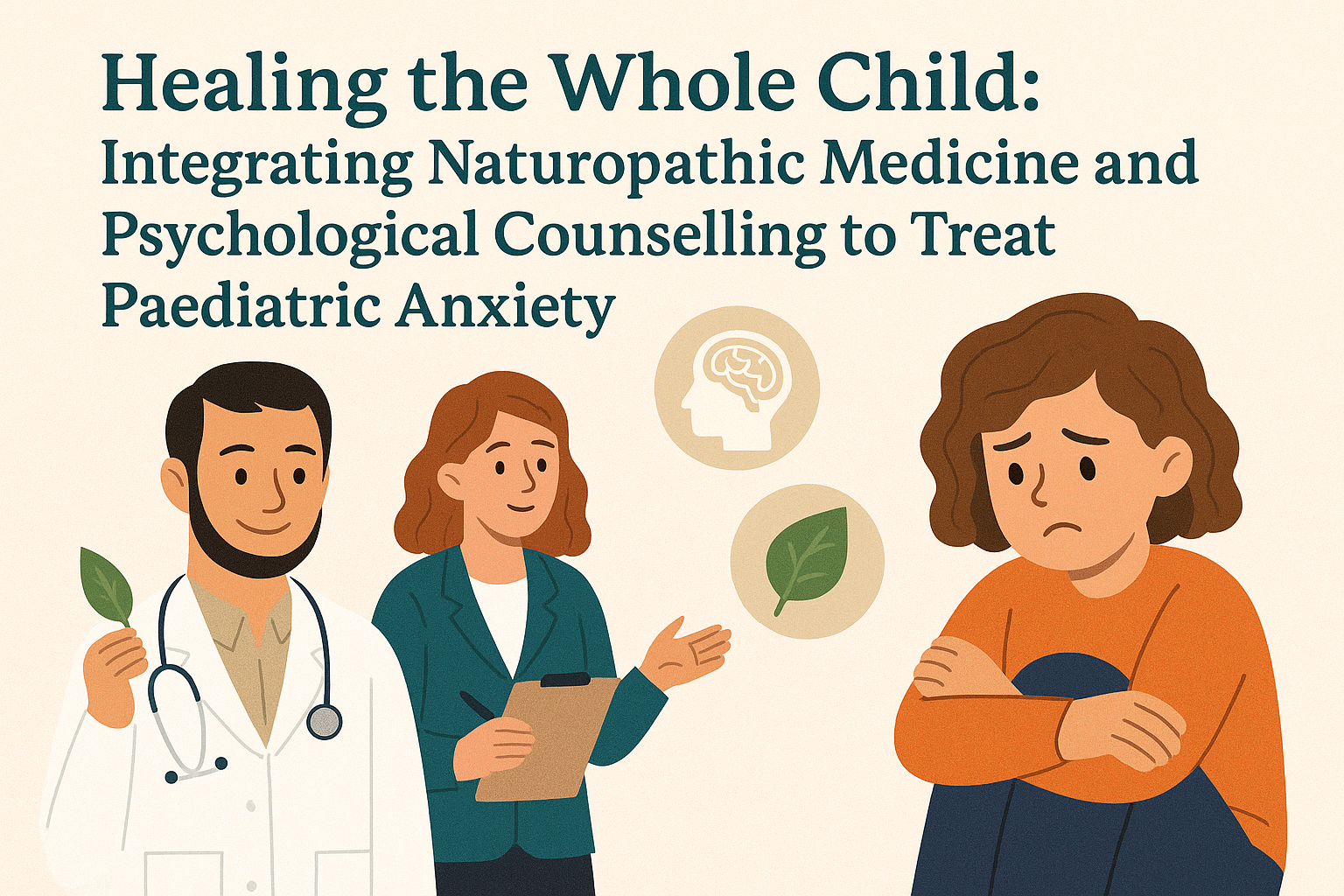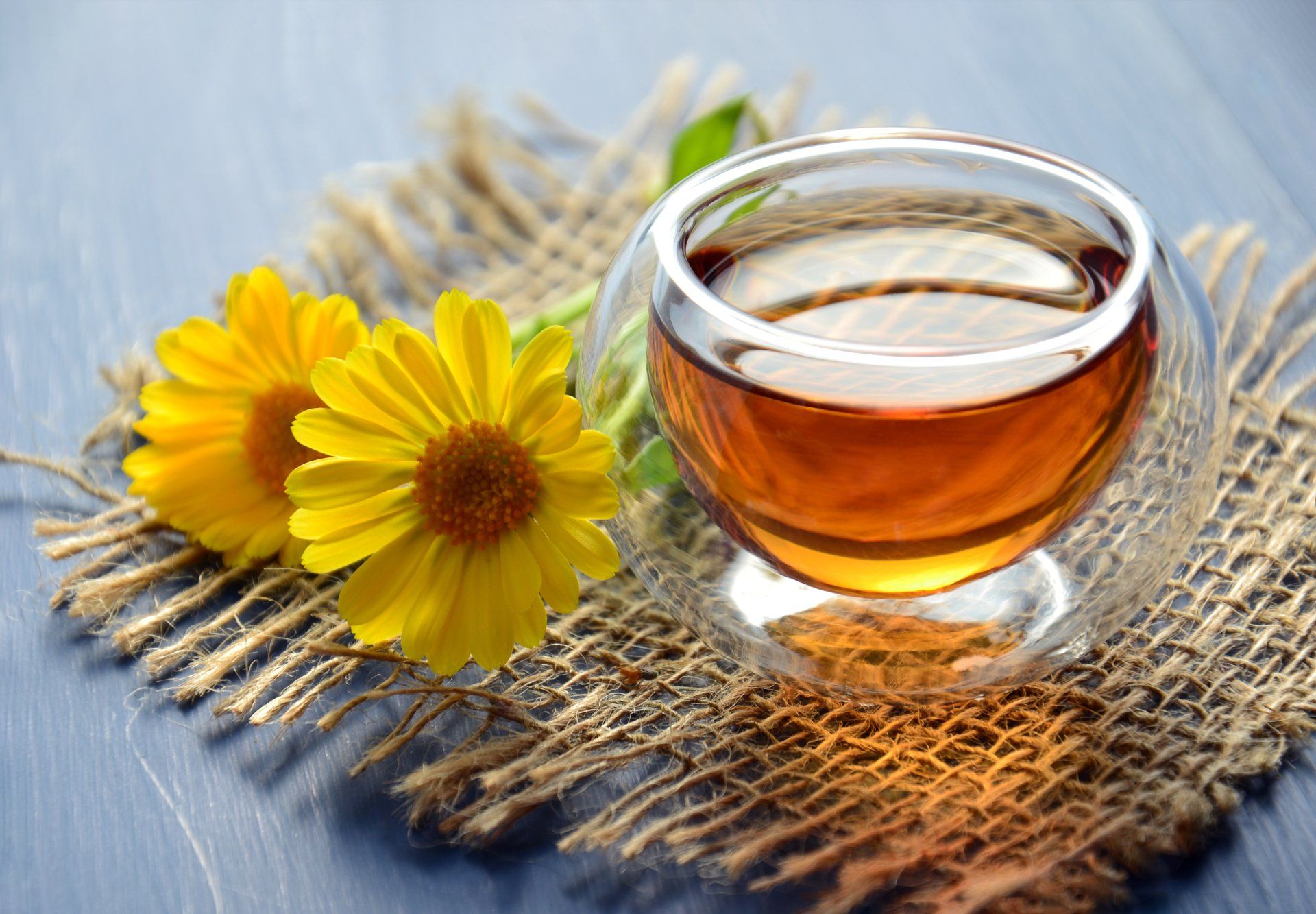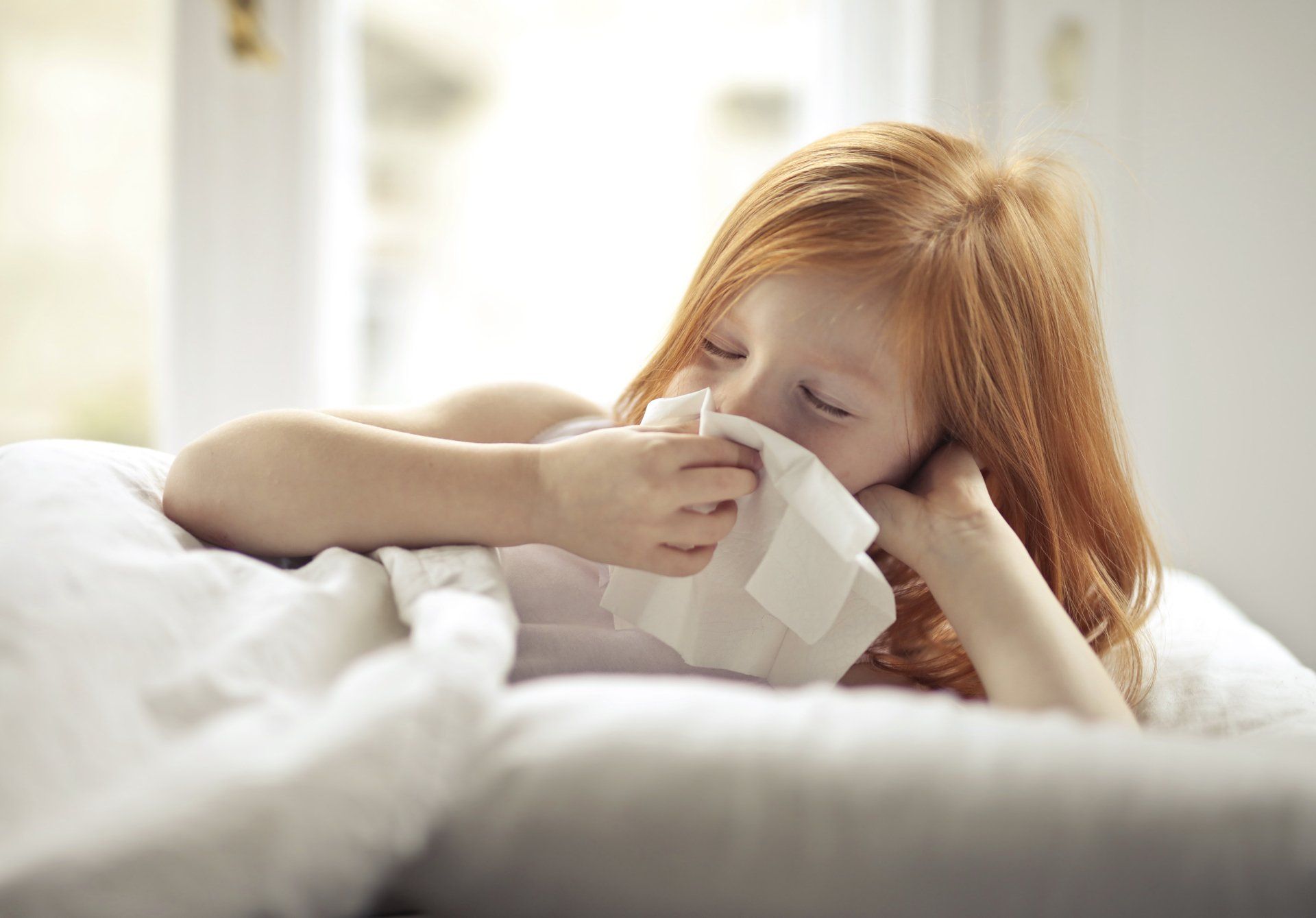How to Distinguish Seasonal Allergies from a Cold in Kids
As a parent or paediatrician, understanding the subtle differences between seasonal allergies and a common cold can be crucial for the well-being of children. Both conditions share overlapping symptoms, yet require different approaches for management and treatment. Knowing how to accurately distinguish between the two can help in providing timely and effective care, thus preventing unnecessary discomfort and complications in children.
Understanding the Causes
Seasonal Allergies
Seasonal allergies, often referred to as hay fever or allergic rhinitis, are caused by the immune system's overreaction to airborne allergens such as pollen, mold spores, and dust mites. These allergens are typically more prevalent during certain times of the year, which is why symptoms often appear seasonally.
Common Cold
The common cold, on the other hand, is a viral infection primarily caused by rhinoviruses. Unlike allergies, colds can occur at any time of the year but are more frequent during the fall and winter months. The virus spreads through respiratory droplets from coughs and sneezes, or through contact with contaminated surfaces.
Symptoms Comparison
While both seasonal allergies and common colds share symptoms like sneezing and nasal congestion, there are key differences to look out for:
Seasonal Allergies
- Runny or Stuffy Nose: Typically clear and watery discharge.
- Sneezing: Frequent and in fits.
- Itchy Eyes, Nose, and Throat: A hallmark of allergies.
- Watery Eyes: Often accompanied by redness.
- Postnasal Drip: May cause a sore throat.
- Fatigue: Due to disrupted sleep.
- No Fever: Allergies do not cause fever.
- No Body Aches: Allergies typically do not cause muscle pain or body aches.
Common Cold
- Runny or Stuffy Nose: Thicker, yellow or green mucus.
- Sneezing: Less frequent compared to allergies.
- Sore Throat: Often the first sign of a cold.
- Cough: Can be dry or productive.
- Mild Fever: More common in children.
- Body Aches and Fatigue: Mild muscle pain and general tiredness.
- No Itchy Eyes: Itchiness is uncommon in colds.
Diagnosis and Treatment
Diagnosis
Paediatricians usually diagnose seasonal allergies based on the child’s medical history, symptom patterns, and physical examination. Skin prick tests or blood tests (like the RAST test) may also be used to identify specific allergens.
For a cold, diagnosis is typically based on symptom review and physical examination. Tests are rarely required unless there are complications like a secondary bacterial infection.
Treatment
Seasonal Allergies
- Antihistamines: Here are some natural antihistamines that may help alleviate allergy symptoms:
- Quercetin – Found in foods like apples, onions, and berries, quercetin stabilizes the release of histamines.
- Stinging Nettle – This herb can act as a natural antihistamine and anti-inflammatory.
- Bromelain – An enzyme found in pineapples, bromelain helps reduce allergic reactions.
- Vitamin C – A natural antihistamine that can be found in citrus fruits, strawberries, and bell peppers.
- Butterbur – This herb has shown potential in reducing symptoms of hay fever.
- Probiotics – Found in yogurt and fermented foods, probiotics can help balance the immune system and reduce allergic responses.
- Decongestants: Here are some natural decongestants that may help relieve nasal congestion:
- Steam Inhalation – Inhaling steam from hot water can help loosen mucus and clear nasal passages. Adding a few drops of eucalyptus oil can enhance the effect.
- Saline Nasal Spray – A saline solution can help to moisten the nasal passages and reduce congestion.
- Ginger – Known for its anti-inflammatory properties, ginger tea can help reduce congestion and soothe the throat.
- Peppermint – Peppermint tea or inhaling peppermint oil can help open up airways and reduce congestion due to its menthol content.
- Garlic – Eating raw garlic or adding it to your meals can help reduce inflammation and fight infection, easing congestion.
- Turmeric – Consuming turmeric in food or as a tea can help reduce inflammation and clear nasal passages due to its active compound, curcumin.
- Warm Compress – Applying a warm compress to your face can help relieve sinus pressure and congestion.
- Honey – Honey has antimicrobial properties and can soothe the throat while helping to clear congestion.
- Apple Cider Vinegar – Mixing apple cider vinegar with water and honey can help thin mucus and clear nasal passages.
- Hydration – Drinking plenty of fluids, especially warm ones like teas and broths, can help keep mucus thin and easier to expel.
Common Cold
- Rest and Hydration: Essential for recovery.
- Naturopathic remedies: Here is a list of natural remedies for the common cold:
- Honey – Taking a spoonful of honey or mixing it into tea can soothe a sore throat and act as a cough suppressant.
- Ginger – Ginger tea can help reduce inflammation, soothe a sore throat, and alleviate nausea.
- Garlic – Consuming raw garlic or adding it to meals can boost the immune system and help fight off cold symptoms.
- Vitamin C – Eating foods rich in vitamin C like oranges, strawberries, and bell peppers can help support your immune system.
- Elderberry – Elderberry syrup or supplements may help reduce the severity and duration of cold symptoms.
- Echinacea – This herb is believed to boost the immune system and may reduce the severity and duration of colds.
- Steam Inhalation – Inhaling steam from hot water can help loosen mucus and relieve nasal congestion. Adding eucalyptus oil can enhance this effect.
- Saltwater Gargle – Gargling with warm salt water can soothe a sore throat and help kill bacteria.
- Chicken Soup – Warm chicken soup can provide hydration, reduce inflammation, and soothe a sore throat.
- Peppermint – Peppermint tea or inhaling peppermint oil can help clear nasal passages and reduce congestion.
- Hydration – Drinking plenty of fluids, particularly warm teas, broths, and water, can help keep mucus thin and assist in expelling it.
- Probiotics – Consuming yogurt or other probiotic-rich foods can help balance gut bacteria and boost the immune system.
- Elderberry – Elderberry syrup or supplements may help reduce the severity and duration of cold symptoms.
- Vitamin D – Maintaining adequate levels of vitamin D can support the immune system. Sunlight exposure and dietary supplements can help maintain these levels.
- Zinc – Taking zinc supplements or consuming zinc-rich foods like nuts, seeds, and legumes can help shorten the duration of a cold when taken at the onset of symptoms.
- Rest – Getting plenty of rest allows your body to focus energy on fighting the infection.
- Humidifiers: Adding moisture to the air can ease congestion and coughing.
- Saline Nasal Drops: To relieve nasal congestion.
Prevention Strategies
For Seasonal Allergies
- Keep Windows Closed: Especially during high pollen seasons.
- Use Air Purifiers: To reduce indoor allergens.
- Regular Cleaning: Dust and vacuum frequently to minimize indoor allergens.
- Bathing and Changing Clothes: After outdoor activities to remove allergens from skin and clothing.
For Common Colds
- Hand Hygiene: Encourage frequent hand washing with soap.
- Avoid Close Contact: With sick individuals.
- Disinfect Surfaces: Regularly clean commonly touched objects and surfaces.
- Healthy Lifestyle: Ensure a balanced diet, sufficient sleep, and regular exercise to boost the immune system.
When to Seek Professional Help
Consult a Naturopath or Paediatrician if:
- Symptoms persist for more than two weeks.
- The child experiences difficulty breathing or wheezing.
- There is a high fever or severe pain.
- Over-the-counter medications do not relieve symptoms.
- You suspect the child might have asthma or another underlying condition.
Conclusion
Accurate and early diagnosis of whether a child is suffering from seasonal allergies or a common cold is essential for effective treatment and comfort. By understanding the differences in causes, symptoms, and treatment options, parents and pediatricians can ensure the child receives appropriate care. Prevention strategies can also help minimize the risk of both conditions, contributing to better health and quality of life for children.
With the right knowledge and approach, distinguishing between allergies and colds becomes less challenging, paving the way for timely and effective management.
For more articles on naturopathic remedies for colds and allergies click here and here









